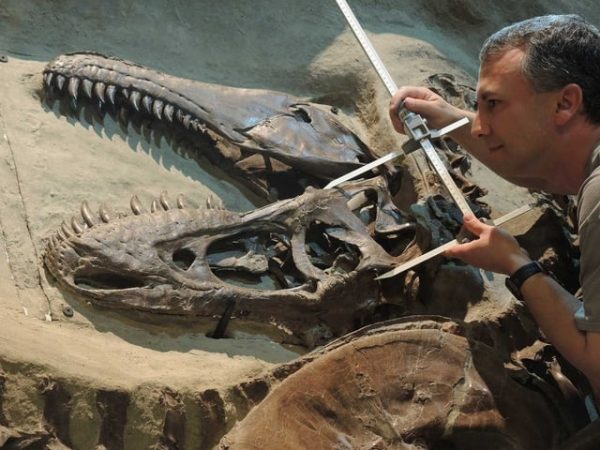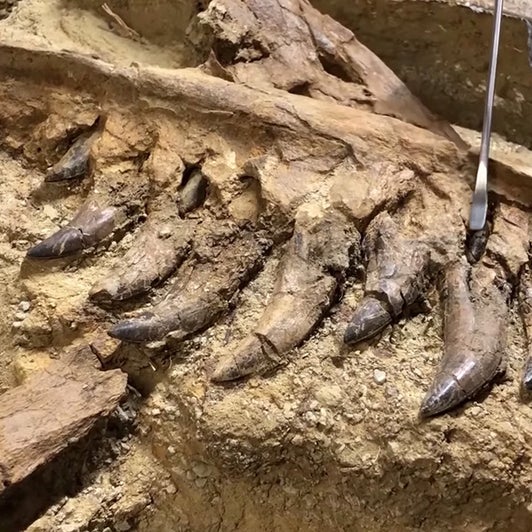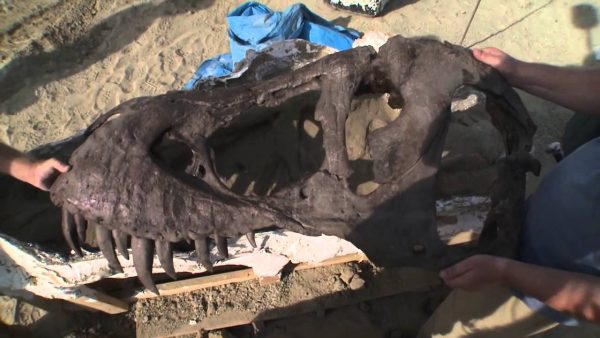Recent paleontological discoveries have provided fascinating insights into the dominance of the Tyrannosaurus rex throughout its life cycle.

Contrary to previous beliefs, new evidence suggests that the T. rex maintained consistent hunting prowess from juvenile stages to full maturity, challenging the notion of significant behavioral shifts during growth.
Studies of fossilized remains and ancient environments indicate that young T. rex individuals employed effective hunting strategies tailored to specific niches, enabling them to thrive despite their smaller size. As they matured, these apex predators continued to excel in these niches by adjusting their tactics to suit their expanding size and capabilities.

Aside from sheer size and strength, the T. rex’s supremacy was underpinned by a repertoire of sophisticated hunting behaviors. Agile pursuit of smaller prey in their youth evolved into formidable tactics for taking down larger herbivores in adulthood, showcasing the versatility and efficiency with which they secured their position at the top of the prehistoric food chain.

These findings challenge previous assumptions about the hunting roles of juvenile and adult T. rex specimens, painting a more nuanced picture of their hunting abilities. The adaptability displayed by the Tyrannosaurus rex across diverse hunting niches throughout its life cycle underscores the evolutionary success that defined this iconic dinosaur as the ultimate predator of its time.

As paleontologists delve deeper into unearthing new fossils and refining their understanding of the T. rex’s ecological dynamics, these discoveries significantly enhance our appreciation of the complexity and adaptability of one of the most awe-inspiring creatures to have ever roamed the Earth.
The relentless pursuit of knowledge surrounding the Tyrannosaurus rex continues to unveil the remarkable evolutionary strategies that solidified its reign as a prehistoric giant.





